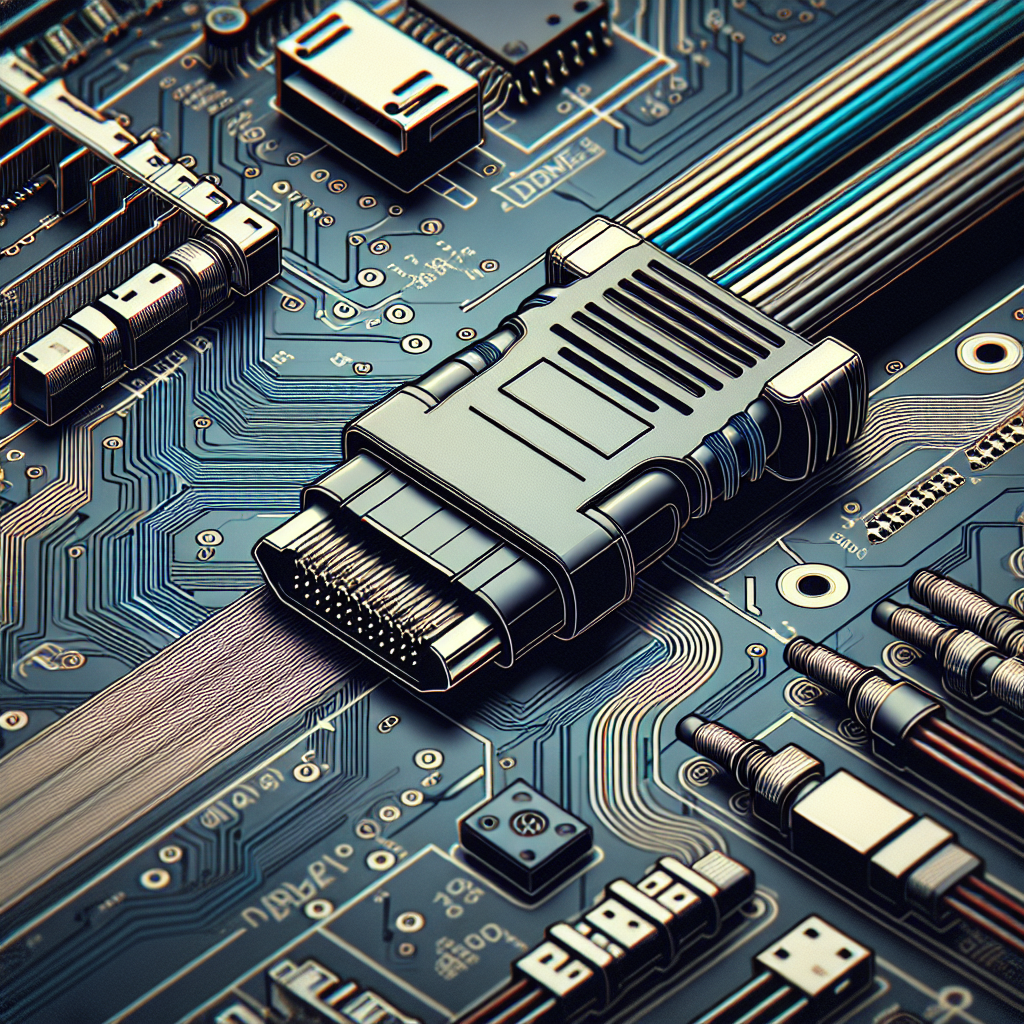SATA (Serial ATA) technology is a common standard for connecting hard drives, solid-state drives, and optical drives to a computer. It has replaced the older IDE (Integrated Drive Electronics) technology, offering faster data transfer speeds, improved performance, and better scalability. If you are new to SATA technology, this introductory guide will help you understand the basics of how it works and why it is important in modern computing.
1. What is SATA?
SATA is a technology that allows for the transfer of data between a computer’s motherboard and storage devices. It uses a serial communication protocol, which means that data is transmitted one bit at a time over a single wire. This is in contrast to IDE, which uses a parallel communication protocol and transmits data across multiple wires simultaneously.
2. Benefits of SATA
One of the main benefits of SATA technology is its faster data transfer speeds. SATA can transfer data at speeds of up to 6 gigabits per second (Gbps), which is significantly faster than the maximum speed of 133 megabits per second (Mbps) for IDE. This allows for quicker access to data, faster boot times, and improved overall system performance.
SATA also offers better scalability, allowing for the connection of multiple storage devices to a single motherboard. This makes it easier to expand storage capacity or upgrade to larger drives without having to replace the entire system.
3. Types of SATA connectors
There are several types of SATA connectors that you may encounter when working with SATA technology. The most common types include:
– SATA 1.0: This is the original version of SATA technology, with a maximum data transfer speed of 1.5 Gbps.
– SATA 2.0: Also known as SATA II, this version has a maximum data transfer speed of 3 Gbps.
– SATA 3.0: Also known as SATA III, this is the latest version of SATA technology, with a maximum data transfer speed of 6 Gbps.
4. Compatibility with other technologies
SATA technology is compatible with a wide range of devices and systems, making it a versatile option for modern computing. It can be used with both hard disk drives (HDDs) and solid-state drives (SSDs), as well as optical drives such as DVD and Blu-ray drives.
SATA is also compatible with other technologies, such as USB and Thunderbolt, allowing for easy integration with external storage devices and peripherals.
In conclusion, SATA technology is an essential component of modern computing, offering faster data transfer speeds, improved performance, and better scalability. By understanding the basics of how SATA works and its compatibility with other technologies, you can make informed decisions when selecting storage devices for your computer system.


Leave a Reply